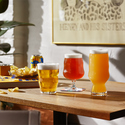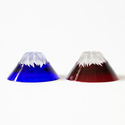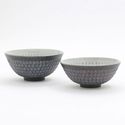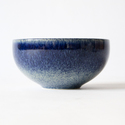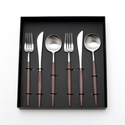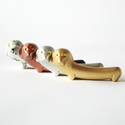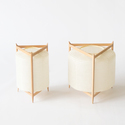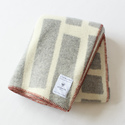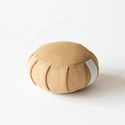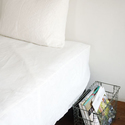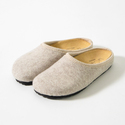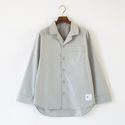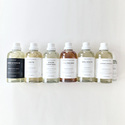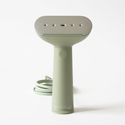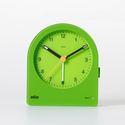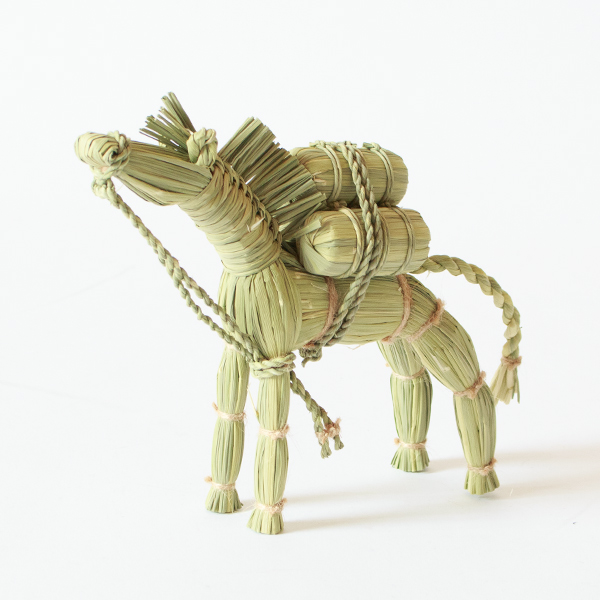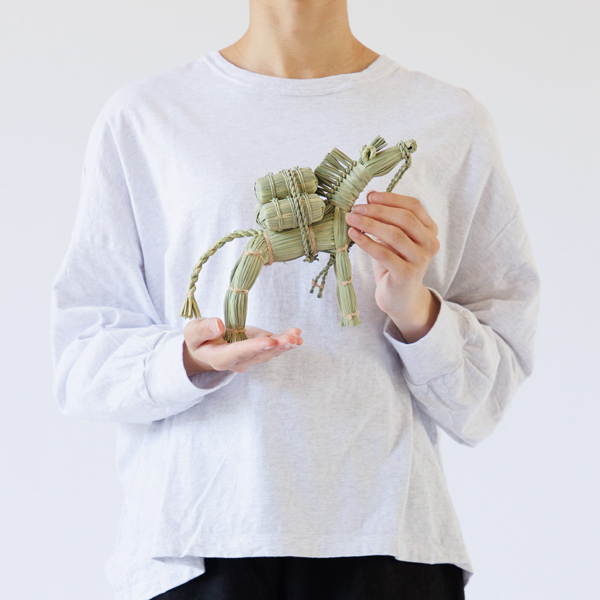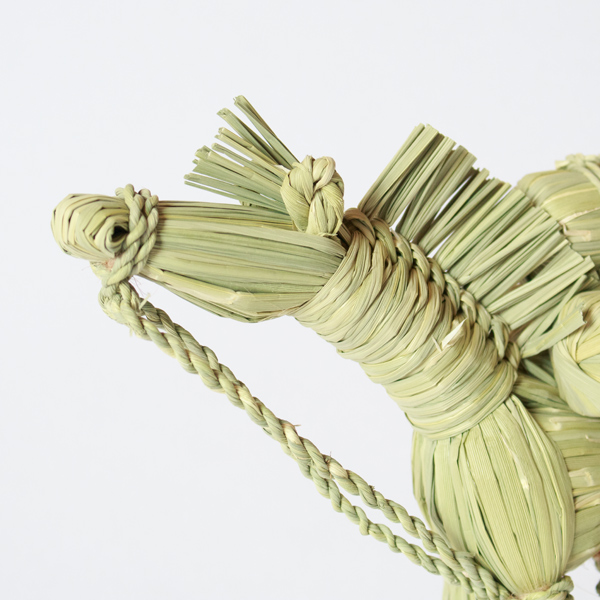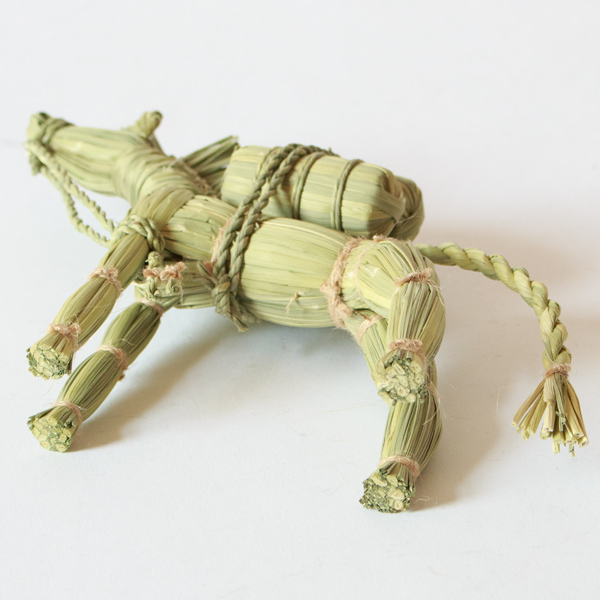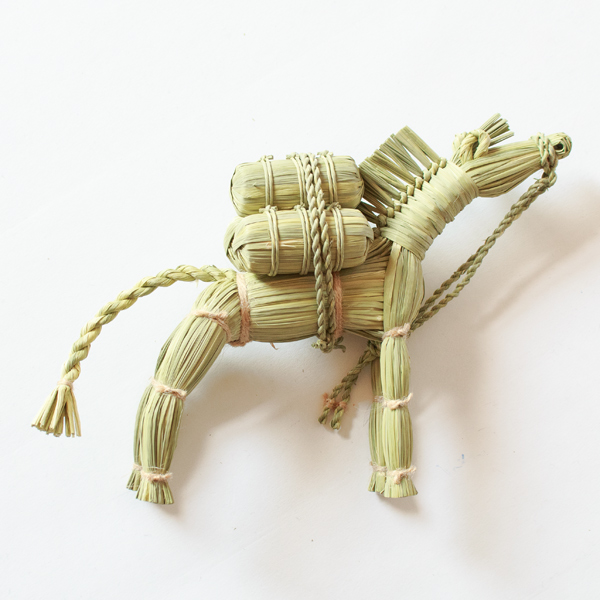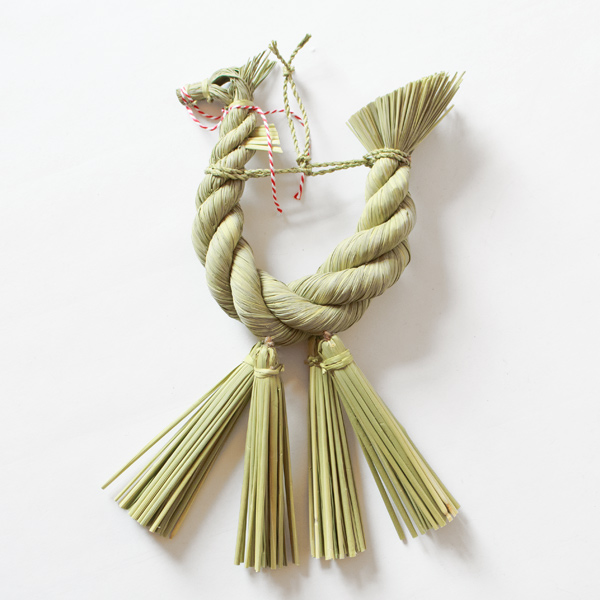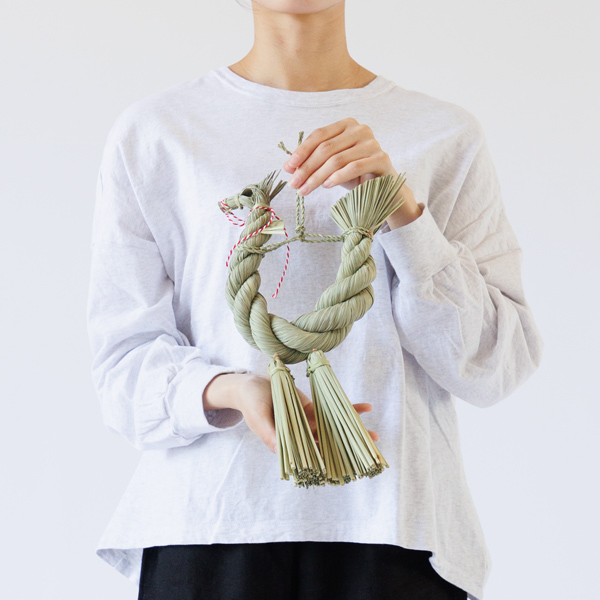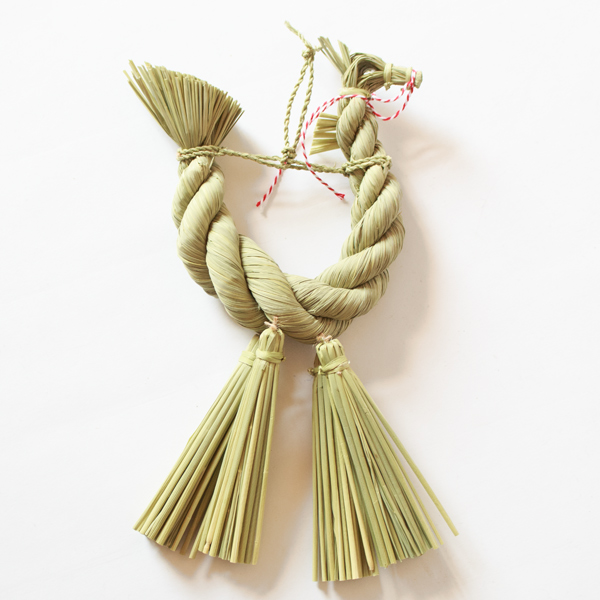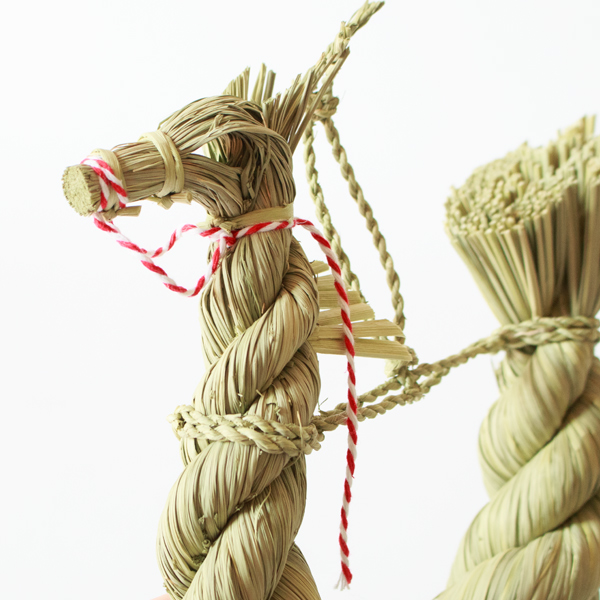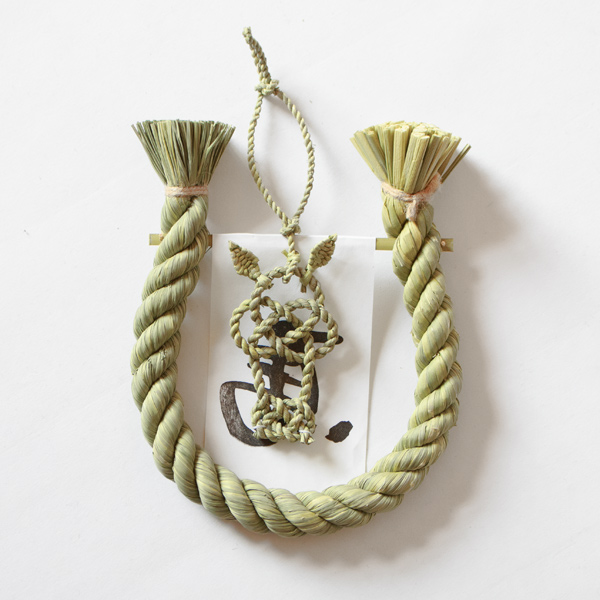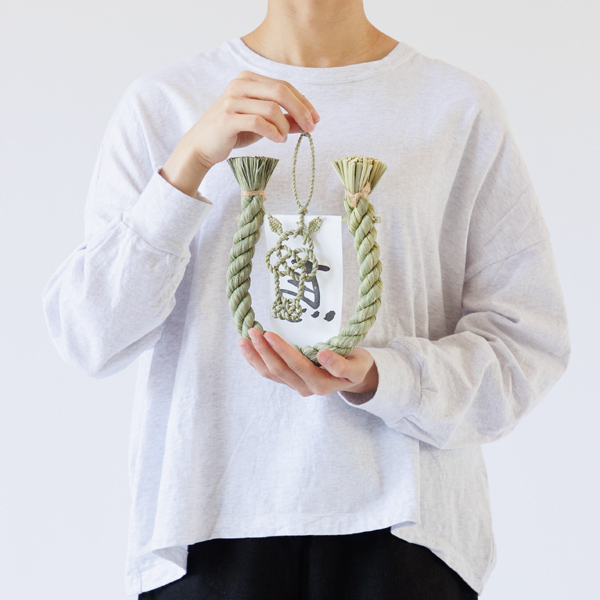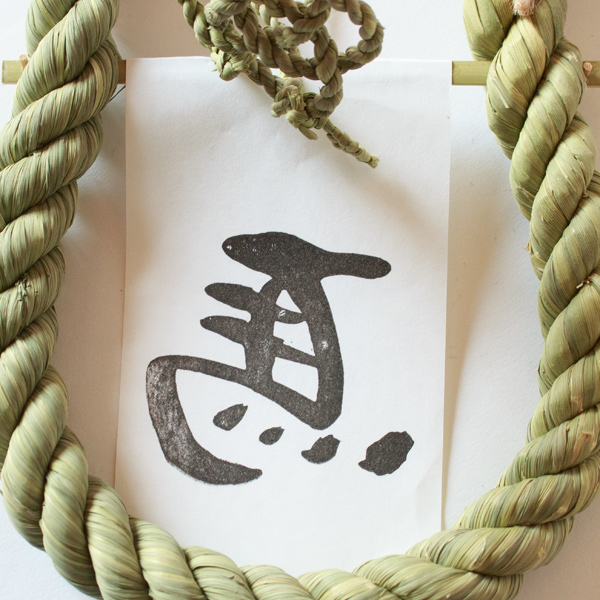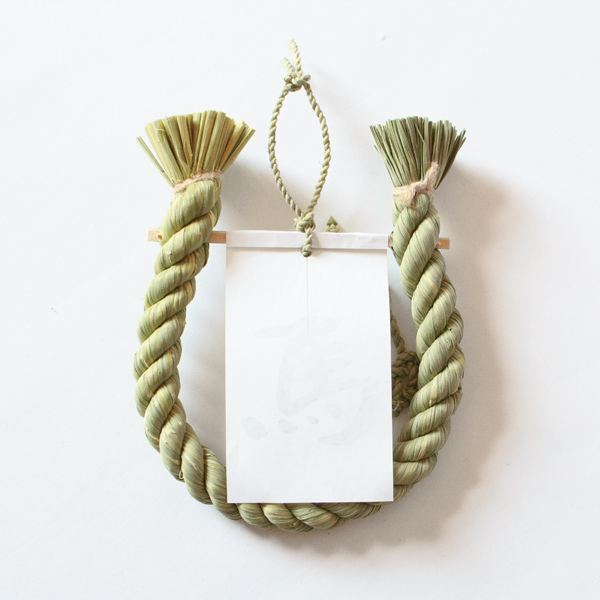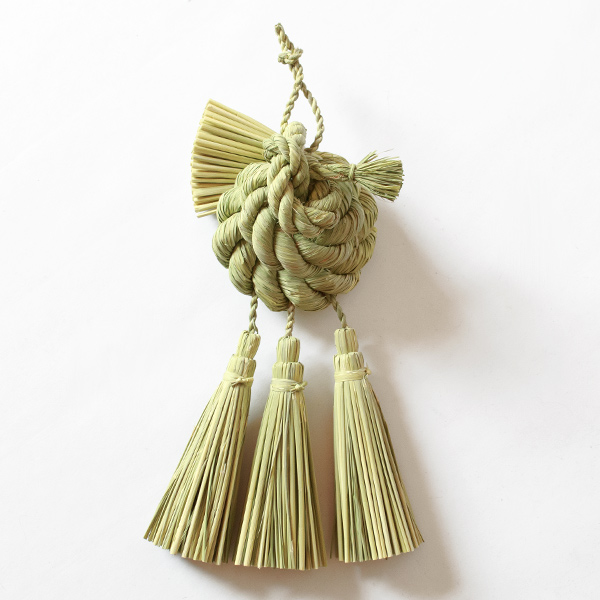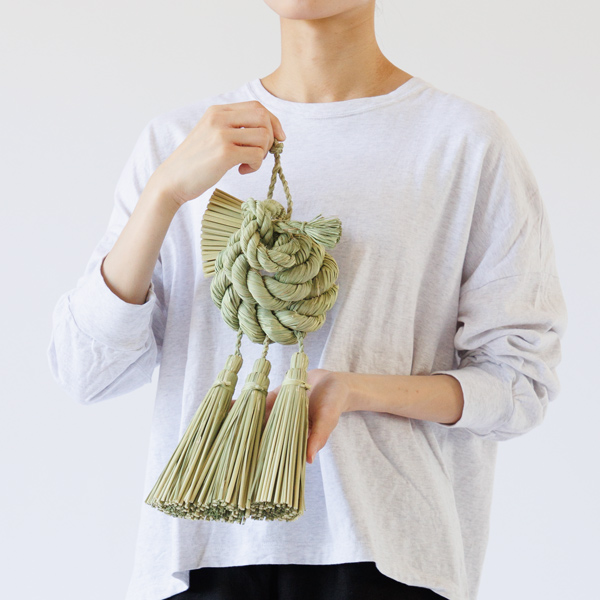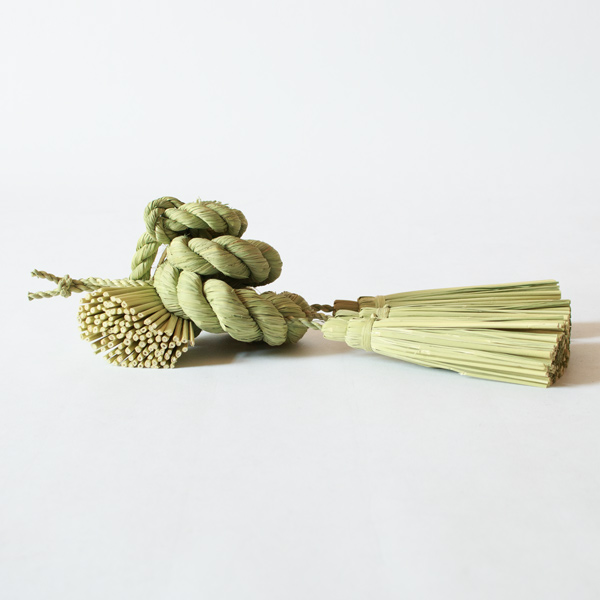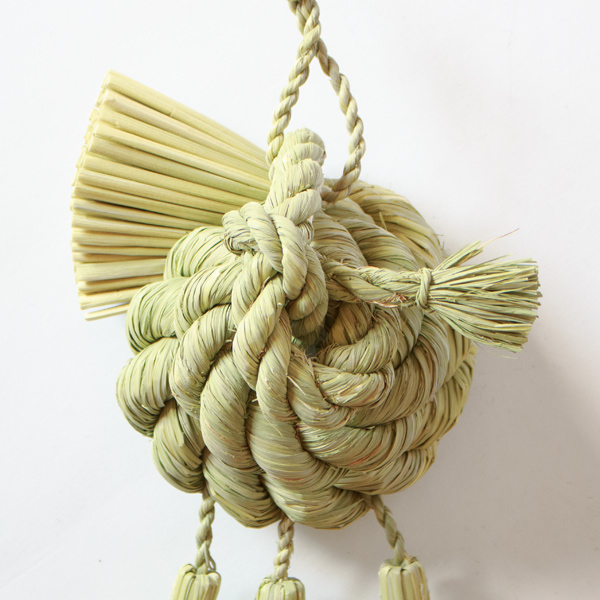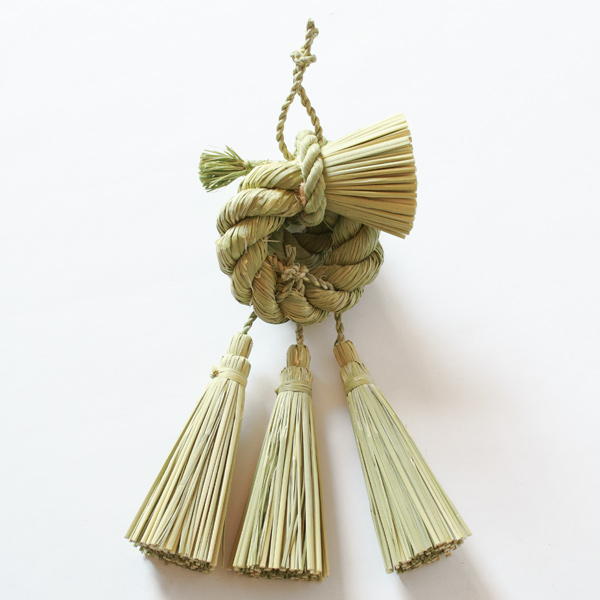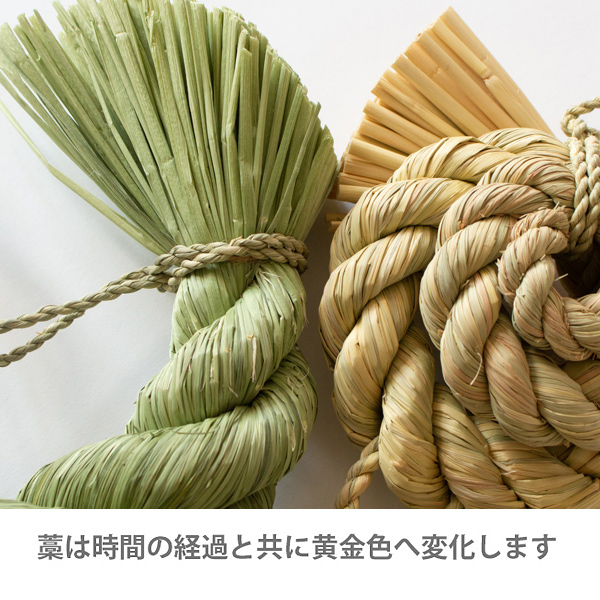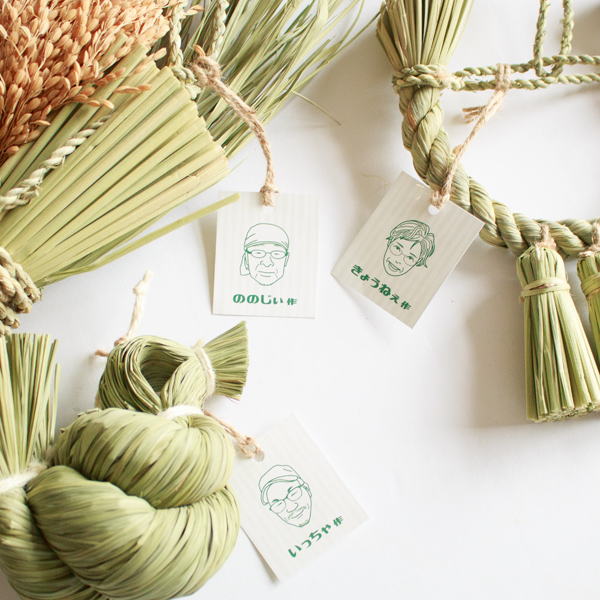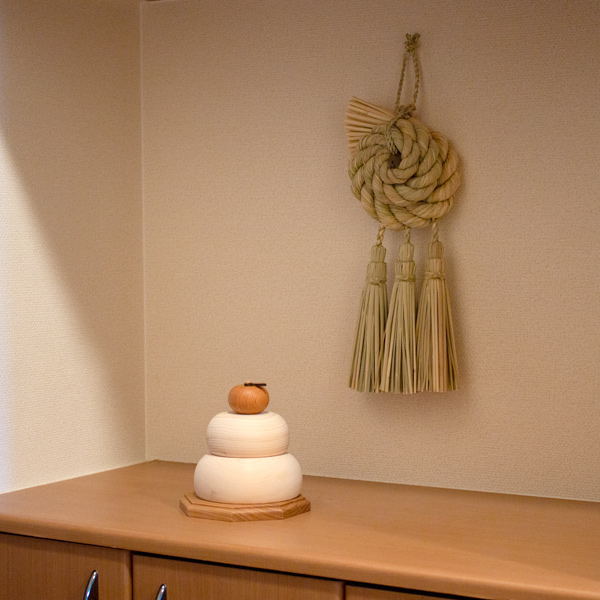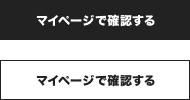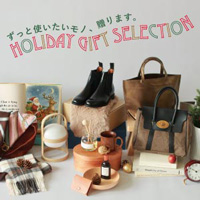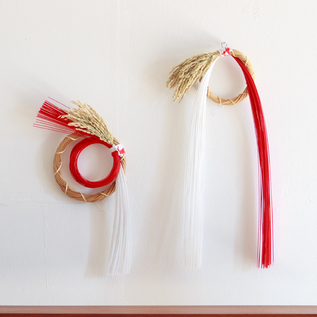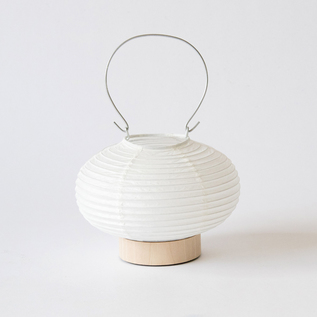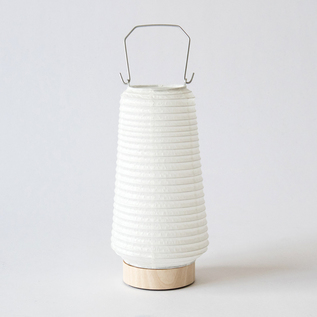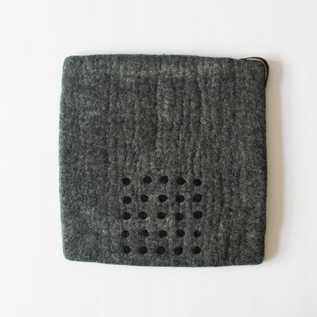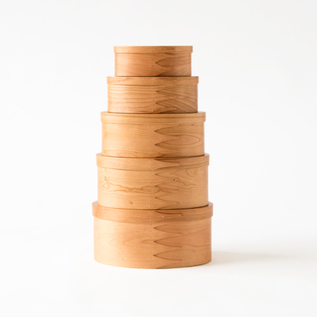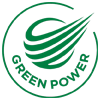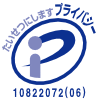- トップページ/
- Home/
- Home decor/
- SHIMEKAZARI
SHIMEKAZARI
Preparing for a Happy New Year
Shimekazari, an essential decoration for the New Year. Its role is to properly welcome the deity of happiness, Toshigami-sama, who visits homes at the start of the new year. It is believed that where shimekazari is displayed, impure things and evil spirits cannot enter, serving as a talisman or protective barrier. By adorning the sacred shimenawa, which indicates a divine space, with auspicious decorations, it becomes a sign of welcoming Toshigami-sama, allowing the deity to safely bring happiness.
Crafted with the Warmth of Artisans
This is an authentic straw shimekazari handmade by artisans in Nagano. The primary type of rice straw used is "Shiroge Mochigome." This rice is a rare ancient variety cultivated only in the Ina Valley of Nagano Prefecture, known for its resilience, flexibility, thickness, and height. The shimekazari incorporates six types of straw, including Shiroge Mochigome. Each type is carefully selected for its quality, with variations in length, thickness, and softness, allowing for a tailored approach in crafting each product. Every year, a large quantity of rice straw is meticulously sorted to select the best quality, with fresh materials used immediately, while those requiring flexibility are stored and woven after 2-3 years.
The Zodiac (Manba Hontō, Hinoe Uma, U): This shimekazari is inspired by the "Horse," the zodiac sign for 2026. The Year of the Horse is considered auspicious, symbolizing good fortune and the idea that "good things will come galloping in." It has deep historical ties to humanity and symbolizes strength, vitality, health, and abundance. "Manba Hontō" is a four-character idiom representing vigorous momentum, making it a perfect shimekazari for those starting something new. "Hinoe Uma" is one of the zodiac signs that comes once every 60 years, and 2026 marks this occurrence. The addition of red and white ropes is a wish for enhanced fortune. The "U" design is flat and easy to display anywhere, featuring a horseshoe ("Suma") for good luck.
Circling Around: The shimenawa is wrapped in multiple layers of straw, forming a circular shape. The circle represents "the circle of people," symbolizing a wish for good connections with many people.
How to Display Shimekazari
The correct time to begin displaying shimekazari as part of New Year preparations is between mid-December and December 31. Most people tend to start decorating right after finishing their Christmas decorations. However, the 29th is considered an inauspicious day known as "double suffering," and the 31st is referred to as "one-day decoration," so it is advisable to avoid these dates. On the other hand, in some regions, the 29th is thought to invite "fuku" (good fortune), so it may be best to follow local customs.
The decoration should be completed by around January 8, during the Matsunouchi period. Matsunouchi varies by region, with many observing it from January 1 to 7. Once the shimekazari is taken down, it can be burned during local farewell fire festivals like "Dondoyaki" or disposed of at shrines.
The History of Straw Craft
Straw craft is considered one of Japan's oldest traditional crafts. The straw, made from the dried stems left after harvesting rice, has been closely tied to the lives of Japanese people since ancient times. Its uses range from everyday tools to items for religious ceremonies, weddings, funerals, toys, and crafts, making it an indispensable material in shaping Japanese culture. Primarily, it has served as a source of income during the off-season for rice farming, but with the mechanization of rice cultivation, it has become common to cut straw for compost during harvest, making it increasingly difficult to obtain long straw for crafting. The lack of training for new artisans has led to a continuous decline in their numbers, highlighting the need for new practitioners in this traditional craft.
Waramu: Carrying the Future of Straw
The brand story of Waramu begins with its founder, Mr. Sakai, moving to Iijima Town in Nagano Prefecture. Known as a rice-producing area, Iijima Town inspired Mr. Sakai to organize a rice bale marathon event. However, he faced challenges in obtaining rice bales. This led him to seek out artisans, learn how to create them, and eventually start making straw products. Through this process, he became aware of the decline of straw craft culture due to the decreasing number of farmers. Currently, there are about 50 straw craft artisans in Japan, most of whom are in their 90s. Mr. Sakai believes, "Without straw weavers, we cannot create shimenawa for shrines, shimekazari for New Year, or sumo wrestling rings, and many aspects of Japanese traditional culture would cease to exist. Just as rice is the soul food of the Japanese, rice straw is fundamental to Japan's traditional culture." With this belief, he established a serious straw craft business, becoming an artisan himself while also focusing on training young artisans. Today, he receives requests to create straw bales for sumo wrestling rings and shimenawa for Kasuga Taisha Shrine, becoming a driving force for the future of straw craft.
| Size (Zodiac (Dragon)) | Eto (Banbahontou): 26(W) x 18(H) x 6(D)(cm)
Eto (Hinoeuma): 20(W) x 35(H) x 5(D)(cm) Eto (U): 15(W) x 20(H) x 2.5(D)(cm) Megurimeguru: wide16 x height 34 x depth 13(cm) |
| Weight | Eto (Banbahontou): 90g
Eto (Hinoeuma): 170g Eto (U):110g Megurimeguru: 280g |
| Material | Straw |
| Country of origin | Japan |
Feature of product
-
- It is the decoration of the straw which a craftsman handcrafts one by one.
- The main variety of rice straw is "white mochi rice", and 6 types of carefully selected high-quality straw are used.
- Please enjoy the refreshing scent of straw.
Notice
-
- Zodiac (Large, Kanji): Please remove the toothpick to prevent the shape from changing.
- The hawk is not a free-standing item, but a wall-hanging item. If you choose to place it on a stable surface, please place it on top of something stable.
- Made from natural materials, each item will vary in color and texture. The basic color is the golden color of rice straw, but we may deliver a natural green color. Please note that you cannot choose the color. The green color will also change to the golden color of rice straw over time.
- As each item is handmade by a craftsman, there may be individual differences in shape and size. Enjoy the warmth of handmade items.
- When storing, store in a dry, well-ventilated place and be careful not to put it in a sealed container such as a plastic bag such as an OPP bag.
送料について
- ◇こちらの商品はメルマガ会員様でも別途送料をいただいております。
ブランド紹介
Waramu
Straw work is said to be Japan's oldest traditional craft. On the other hand, there are currently about 50 straw artisans in Japan, most of whom are in their 90s. The founder believes that without straw weavers, shrine shimenawa, New Year's decorations, and sumo wrestling ceremonial balls cannot be made, and many traditional Japanese cultures cannot survive. As well as becoming a craftsman himself, he is also focusing on training young craftsmen. At present, he has even been commissioned to create sumo ring rings and shimenawa ropes for Kasuga Taisha Shrine, and has become a driving force behind the future of straw crafts.
| 商品 | 価格(税込) | 在庫 | 個数 | |
|---|---|---|---|---|

|
¥9,900(税込) |
△
残り1点 |
||

|
¥7,150(税込) |
△
残り1点 |
||

|
¥4,950(税込) |
△
残り1点 |
||

|
¥7,150(税込) |
△
残り1点 |
Added to cart
しめ飾りを見た人はこんなアイテムも見ています
-
KOHCHOSAI KOSUGA
NEW YEARS DECORATION¥5,280〜(税込)
-
Fores(フォレス)
Lamp Round¥6,050(税込)
-
Fores(フォレス)
Lamp Pincushion¥6,050(税込)
-
undyed+(アンダイドプラス)
FELT CHAIR PAD¥6,600(税込)
-
Brent Rourke
OVAL SHAKER BOX¥13,750〜(税込)

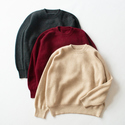
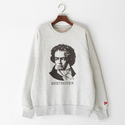
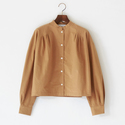



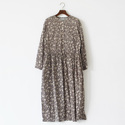


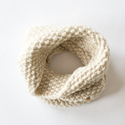
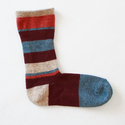
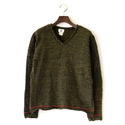

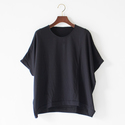

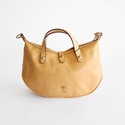

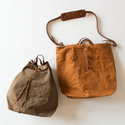


.jpg)
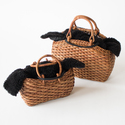
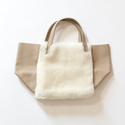
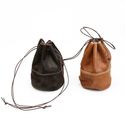
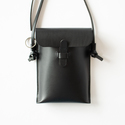
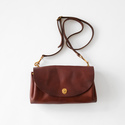
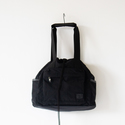
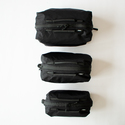
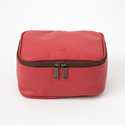
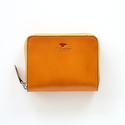
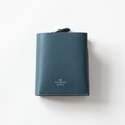
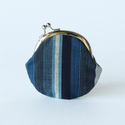

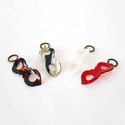
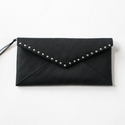
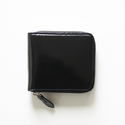
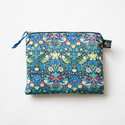
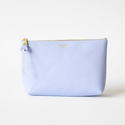
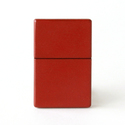
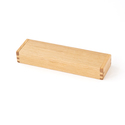
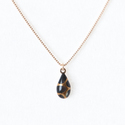
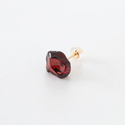
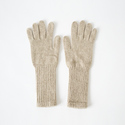
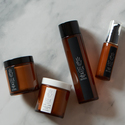
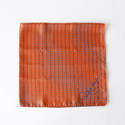
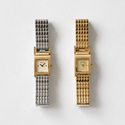
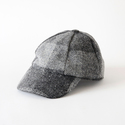
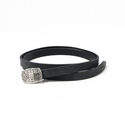
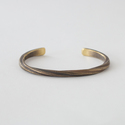
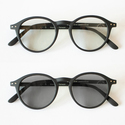
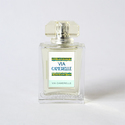

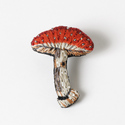
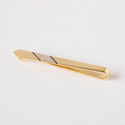

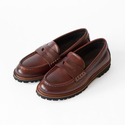
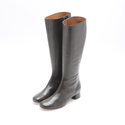
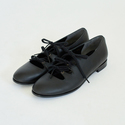

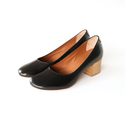
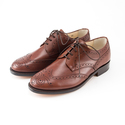
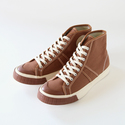

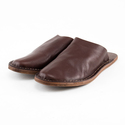


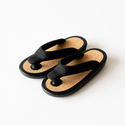
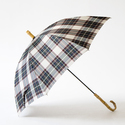
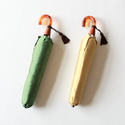

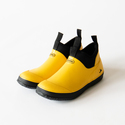

.jpg)
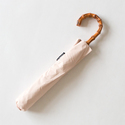
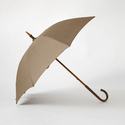
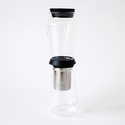

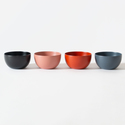
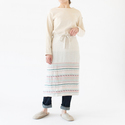
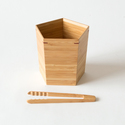
.jpg)
